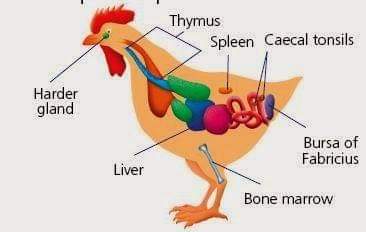Global survey of Mycotoxins and risk in different regions
Dr V. Rajendra Prasad
Poultry consultant
- As for the recent survey of mycotoxins globally from Jan to June , 2020.
In South Asia region consisting of India, Pakistan, Bangladesh, Sri Lanka, Nepal, Bhutan , Afghanistan and Maldives as the constituent countries,
Mycotoxin prevalence is as follows:
a) Total risk: 86%
b) Aflatoxin: 81%
c) Ochratoxin : 68%
d) Fumonosin: 81%
- Several factors increase a bird’s susceptibility to mycotoxins, such as:
a) Birds being placed in a hostile environment, e.g. high temperatures and humidity.
b) Poor ventilation
c) High density
d) Challenges from poultry diseases e.g. coccidiosis and necrotic enteritis.
- The effects of mycotoxins in poultry are very complex and in case of high contamination levels, may even lead to death of animals.
- Effects of mycotoxins in week one chicks:
Low mycotoxin doses can combine with environmental stressors, even if they are out of the rearer’s control causing invisible losses: i.e
a) Disruption of gut health.
b) Greater susceptibility to disease.
c) More serious immune problems in later life.
d) Further losses to economic performance..
e) Signs of infection
- Even at low levels of mycotoxins in feed, during sensitive period of production cycle or when exposed for long periods, can impair the immune system leading to the immune suppressive conditions.
- Aflatoxins, ochratoxin, trichothecenes, and fumonisins are known to induce immune suppressive effects in chickens, rendering them more susceptible to diseases (Singh et al., 1990, Ghosh et al., 1991).
- In addition, low level of mycotoxins can have an antimicrobial effect and can cause feed passage (Devegowda and Murthy, 2005).
- Immunotoxic substances such as mycotoxins are unsuspected players in the failure of vaccines to provoke a proper immune response.
- Due to mycotoxins presence in feed there is reduction in the number of antibody titres against ND and IBV vaccine programs in poultry.
- Even though the effects of mycotoxins are very complex and there is a great variation in possible symptoms, target organs, and pathological lesions from one mycotoxin to the other (Naehrer, 2012), presumptive diagnosis can be based on clinical signs, pathological lesions on target organs, especially when moldy ingredients or feed are evident.
- Definitive diagnosis should be based on isolation, identification, and quantification of the specific mycotoxin/mycotoxins in feed ingredients or finished feed.
- When it comes to counteracting mycotoxins, the poultry industry tends to think of toxin binders or mycotoxin binders first.
13.Multiple samples should be collected from different sites of mycotoxin formation zone (“hot spots”) (Whitaker et al., 2005, Krska and Schuhmacher, 2012).
- Please use Toxifree of Norel at 1kg for ton of feed which minimises the chances mycotoxins in feed.
- Toxifree is a dipolar phyllossillicate formulated to absorb aflatoxin, T-2 and ochratoxin up to 5000 ppb level
- Toxifree is compatible with all feed ingredients and doesn’t absorb vitamins, minerals and amino acids.



